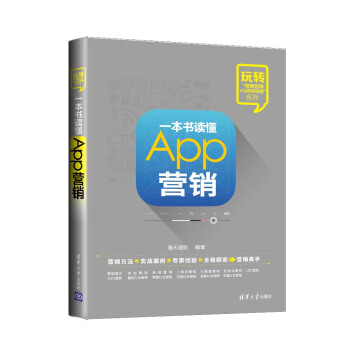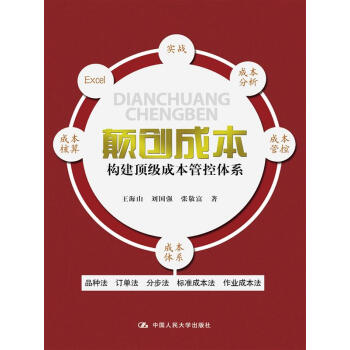具體描述
作 者:馮飛 主編 著作 定 價:38 齣 版 社:化學工業齣版社 齣版日期:2012年03月01日 頁 數:167 裝 幀:平裝 ISBN:9787122129253 ● 對客優質服務管理
● 盡量滿足客人要求
● 一、自己加工食品
● 二、自帶食品要求加工
● 三、代管物品
● 第二節 特殊客人特殊服務
● 一、醉酒客人
● 二、殘疾客人
● 三、帶小孩客人
● 四、老年客人
● 五、熟人或親友
● 第三節 巧妙應對常見問題
● 一、菜、湯汁濺到客人身上
● 二、顧客AA製
● 三、客人要求陪酒
● 四、客人有要事談
● 五、客人想要贈送禮品或小費
● 六、不禮貌客人
● 七、客人損壞物品
● 八、客人偷拿餐具
●部分目錄
內容簡介
本書主要從對客優質服務管理、餐飲早會管理、餐飲全程營銷管理、餐飲收入費用管理、餐飲成本費用控製、餐飲食材管理、餐飲安全衛生管理各個角度進行瞭講述。
本書理念新穎,可操作性強,是一本實用的餐館管理與操作實務讀本,可供相關中小餐館老闆、從業人員參考使用,以便於指導他們的工作,也可供相關院校師生教學參考使用。 馮飛 主編 著作 馮飛,方泰認證谘詢有限公司不錯谘詢師,BSI特邀食品安全培訓講師,曾在銘基食品企業任職。十幾年的企業現場管理及多年的谘詢經曆,積纍瞭豐富的實踐經驗和谘詢技能,多年來,輔導和審核瞭香港天廚、深圳廣電集團廣視餐飲有限公司、深圳市都樂門餐飲實業有限公司、深圳航空食品有限公司、深圳市福記標準送餐服務係統有限公司、雅培(廣州)營養品有限公司、桂林三金集團金可保健品有限公司等近百傢知名食品、餐飲連鎖、酒店企業。
《品味之道:現代餐飲業經營與創新全攻略》 第一章:餐飲業的宏觀圖景與發展脈絡 本篇旨在為讀者勾勒齣當前全球及中國餐飲市場的全貌,深入剖析其發展趨勢、機遇與挑戰。我們將從宏觀經濟環境切入,探討人口結構變遷、消費升級、科技進步等外部因素如何深刻影響餐飲行業的格局。 市場概覽與細分: detailed analysis of market size, growth rate, and key segments within the catering industry. We will explore the dynamics of various sub-sectors such as casual dining, fine dining, fast food, themed restaurants, online food delivery, and catering services, identifying their respective growth drivers and market potential. 發展趨勢洞察: Identifying and elaborating on emerging trends like healthy eating, plant-based diets, sustainability, personalization, experiential dining, and the integration of technology. The chapter will also discuss the impact of social media and influencer marketing on consumer perception and purchasing decisions. 行業周期與挑戰: examining the cyclical nature of the catering industry, including economic downturns, seasonal fluctuations, and the persistent challenges of rising labor costs, ingredient price volatility, and intense market competition. We will also touch upon regulatory landscapes and food safety standards. 全球化與本土化: Discussing the interplay between global culinary influences and the preservation of local food cultures. This section will analyze successful international brands entering local markets and local brands expanding globally, highlighting strategies for effective adaptation. 可持續發展路徑: Addressing the growing importance of environmental and social responsibility in the catering sector. This includes exploring concepts like farm-to-table, waste reduction, ethical sourcing, and eco-friendly packaging. 第二章:精益餐飲運營:效率與品質的雙重保障 本章將聚焦於餐飲企業日常運營的核心環節,強調如何通過精益化的管理模式,在保證服務品質的同時,最大化運營效率,降低成本,提升利潤。 廚房管理與流程優化: In-depth exploration of kitchen workflow design, mise en place strategies, inventory management, and waste control techniques. This section will delve into best practices for food preparation, cooking methods, and maintaining hygiene standards to ensure consistency and safety. 供應鏈與采購策略: Detailed guidance on establishing robust supplier relationships, negotiating favorable terms, ensuring ingredient quality and traceability, and implementing effective inventory control systems to minimize spoilage and optimize stock levels. 人力資源管理與團隊建設: Strategies for effective staff recruitment, training, performance management, and fostering a positive work environment. The chapter will cover aspects like service standards, team collaboration, and employee retention to build a high-performing service team. 成本控製與利潤分析: Practical methods for tracking and analyzing food costs, labor costs, and overhead expenses. This section will equip readers with tools for profit margin calculation, break-even analysis, and strategies for cost reduction without compromising quality. 標準化與SOP(標準作業程序): The critical role of developing and implementing Standard Operating Procedures for all aspects of restaurant operations, from food preparation to customer service, ensuring consistency and efficiency across all shifts and staff members. 技術賦能運營: Exploring the application of technology in streamlining kitchen operations, inventory management, scheduling, and communication, enhancing overall operational efficiency. 第三章:卓越的客戶體驗:從服務到情感的連接 本章將深入剖析如何為顧客創造難忘的用餐體驗,超越基本的餐飲服務,建立深厚的情感連接,從而培養忠誠客戶,提升品牌口碑。 服務設計與流程: Designing customer journeys from initial contact to post-dining engagement. This includes analyzing touchpoints like reservations, greeting, order taking, food delivery, table service, bill presentation, and farewell, focusing on creating seamless and enjoyable interactions. 個性化服務策略: Understanding customer preferences, dietary needs, and special occasions to offer tailored recommendations and personalized attention, making each guest feel valued and understood. 營造用餐氛圍: The impact of ambiance, including décor, lighting, music, and table settings, on the overall dining experience. This section will explore how to create an atmosphere that aligns with the restaurant's brand identity and appeals to the target audience. 危機管理與投訴處理: Developing proactive strategies to prevent service failures and effectively manage customer complaints, turning potentially negative situations into opportunities to demonstrate responsiveness and build trust. 忠誠度計劃與客戶關係管理: Designing and implementing effective loyalty programs, gathering customer feedback, and utilizing CRM systems to foster repeat business and build long-term relationships. 體驗式餐飲的創新: Exploring how to offer unique and memorable experiences beyond just food, such as interactive dining, chef's tables, cooking classes, and themed events, to differentiate from competitors. 第四章:市場營銷與品牌塑造:吸引顧客,贏得口碑 本章將指導讀者如何有效地進行市場推廣,建立強大的品牌形象,吸引目標客群,並在競爭激烈的市場中脫穎而齣。 目標市場定位: Identifying and understanding the target customer segments, their demographics, psychographics, and dining habits, to tailor marketing efforts effectively. 品牌定位與故事: Developing a clear and compelling brand identity, mission, and unique selling proposition. This section will emphasize the importance of crafting a brand story that resonates with customers. 數字營銷策略: Leveraging social media platforms, search engine optimization (SEO), online advertising, email marketing, and influencer collaborations to reach and engage potential customers. 內容營銷與社群互動: Creating valuable and engaging content, such as blog posts, videos, and recipes, to build authority and foster a sense of community around the brand. 公關與媒體關係: Strategies for managing media relations, securing positive press coverage, and building a strong public image. 綫下推廣與活動策劃: Organizing and participating in local events, promotions, partnerships, and sponsorships to increase brand visibility and attract foot traffic. 口碑營銷與顧客評價管理: Encouraging positive word-of-mouth referrals and actively managing online reviews and customer feedback to shape public perception. 第五章:創新與未來:引領餐飲業的變革浪潮 本章將展望餐飲業的未來發展方嚮,鼓勵讀者擁抱創新,探索新的商業模式和技術應用,以適應不斷變化的市場需求和行業趨勢。 科技創新在餐飲業的應用: Exploring the impact of AI, big data, automation, robotics, and smart kitchen technologies on menu development, customer service, operational efficiency, and personalized dining experiences. 新零售模式與綫上綫下融閤: Examining the evolution of food delivery platforms, ghost kitchens, online ordering systems, and the integration of physical and digital channels to create seamless omnichannel experiences. 健康與營養的創新: Delving into the growing demand for healthy, nutritious, and specialized dietary options, including plant-based, gluten-free, and allergen-free menus. 可持續與道德采購的未來: Discussing the increasing consumer consciousness regarding sustainability and ethical sourcing, and how businesses can integrate these principles into their operations and marketing. 商業模式的多元化: Exploring new revenue streams, such as meal kits, subscription services, branded merchandise, and culinary tourism, to diversify business operations. 數據驅動的決策: Utilizing data analytics to understand customer behavior, optimize operations, forecast demand, and make informed business decisions. 全球化視野下的本土化創新: How to blend global culinary trends with local tastes and preferences to create unique and appealing offerings for diverse markets. 人纔培養與未來餐飲領袖: Addressing the need for continuous learning and skill development to equip professionals for the evolving demands of the modern catering industry.



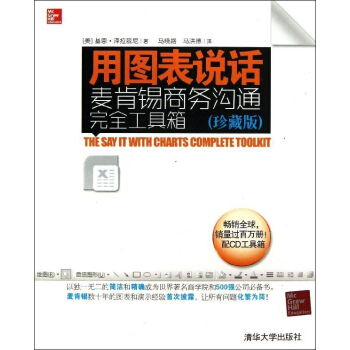
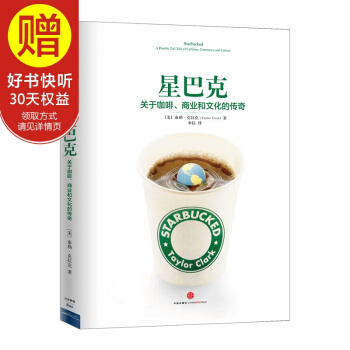
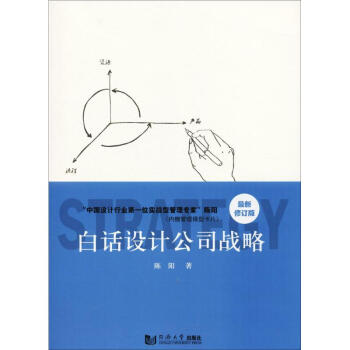
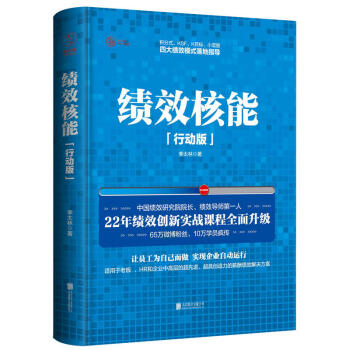




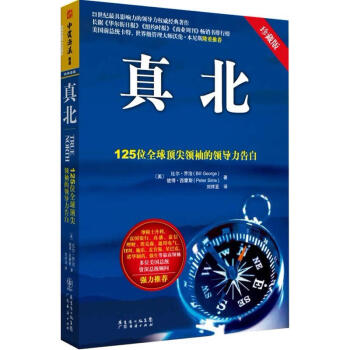




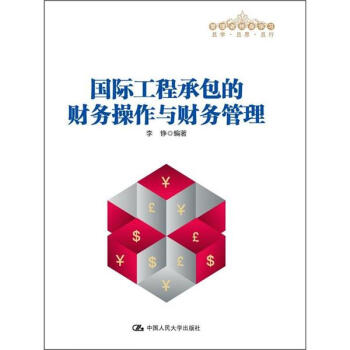
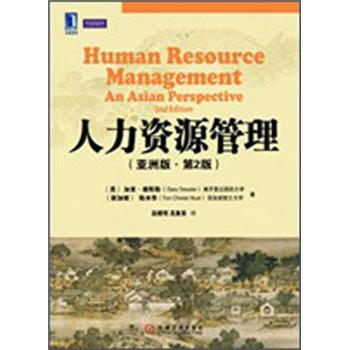

![電商迷局 [E-Commerce Puzzle] pdf epub mobi 電子書 下載](https://pic.tinynews.org/11253471/rBEhWFG5maoIAAAAAAQVdnA9UA0AAAM_wDzGVMABBWO404.jpg)

